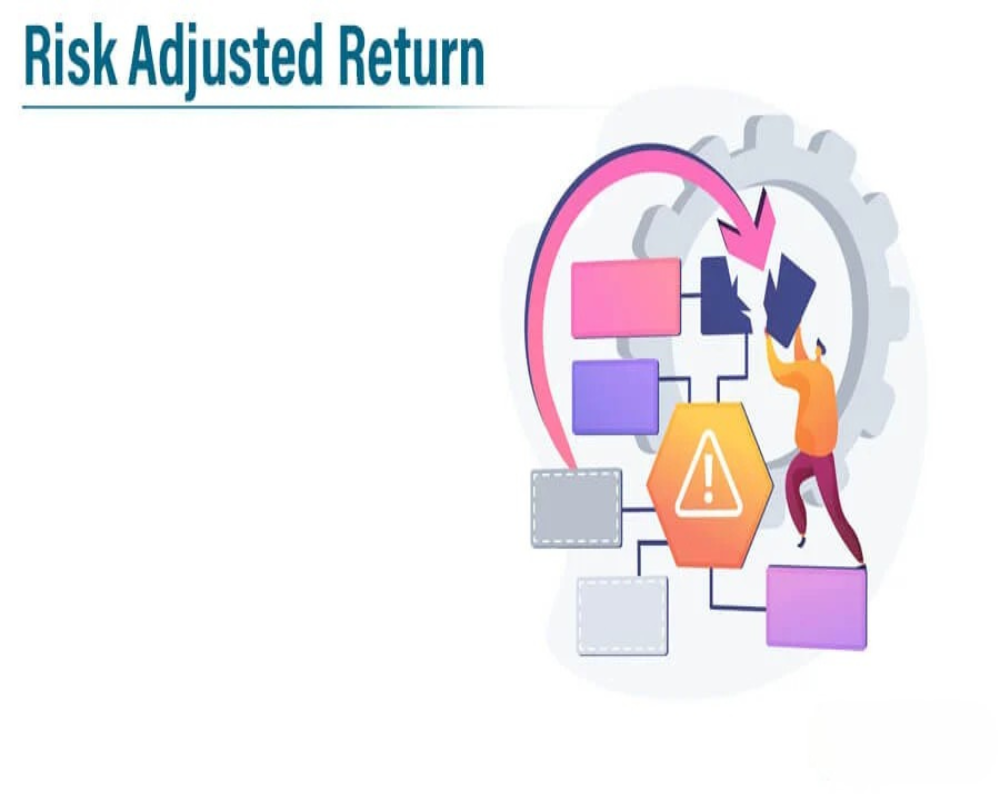Introduction
Risk-adjusted return is a crucial concept in commercial investing, used to evaluate the profitability of an investment relative to the risk taken to achieve that return. In commercial real estate and other forms of investment, understanding risk-adjusted return allows investors to make more informed decisions by comparing different investment opportunities while accounting for both potential returns and associated risks. Simply put, it enables investors to assess whether the return on an investment justifies the level of risk involved.
Understanding Risk-Adjusted Return
In commercial investing, returns are typically measured in terms of profitability, such as cash flow, capital appreciation, or total return on investment (ROI). However, raw returns alone do not provide a complete picture of an investment’s attractiveness. Risk is an inherent aspect of any investment, and some opportunities involve greater uncertainty than others. Risk-adjusted return takes this variability into account by comparing the return to the level of risk that is associated with achieving it.
Risk-adjusted return is often calculated using specific financial metrics that incorporate both risk and return. One of the most common ways to measure risk-adjusted return is by using the Sharpe Ratio, which divides the excess return of an investment (over a risk-free rate) by its volatility or standard deviation. A higher Sharpe Ratio indicates a more favorable risk-return tradeoff, meaning the investment delivers higher returns for each unit of risk taken.
Risk Considerations in Commercial Investing
The concept of risk in commercial real estate investing is multi-dimensional and includes various factors such as market volatility, property management risks, tenant turnover, financing costs, and even broader economic conditions like interest rates and inflation. Each of these factors can impact the stability and predictability of returns.
For example, an investor considering a high-risk development project in an emerging market may anticipate higher returns due to the potential for significant property appreciation. However, this comes with the risk of market fluctuations, regulatory challenges, and the possibility of delayed cash flows or higher operational costs. In contrast, investing in an established, fully-leased commercial property may offer more stable and predictable returns but at a lower overall return compared to the riskier development project.
The goal of assessing risk-adjusted return is to identify investments that strike the best balance between risk and reward. By factoring in the risk profile, investors can determine whether a higher return compensates for a higher level of risk or if a lower return with less risk is more suitable for their investment goals.
Risk-Adjusted Return and Portfolio Diversification
Risk-adjusted return also plays an essential role in portfolio diversification. Diversifying a commercial real estate portfolio with a mix of high-risk and low-risk assets can help smooth out overall returns. For instance, a portfolio with both stable, income-producing properties and more speculative, development-oriented investments can balance potential losses from riskier assets with the steady income from safer investments. By managing the risk-adjusted return of the overall portfolio, investors can achieve a desirable level of performance while limiting exposure to any single investment’s risk.
Measuring Risk-Adjusted Return
To measure risk-adjusted return, investors can use various tools, but the two most commonly applied metrics are:
- Sharpe Ratio: As mentioned, the Sharpe Ratio compares the excess return of an investment (above the risk-free rate) to its standard deviation (a measure of risk). A higher ratio suggests better risk-adjusted returns. This ratio is particularly useful when comparing investments of different risk levels.
- Sortino Ratio: A variation of the Sharpe Ratio, the Sortino Ratio differentiates between upside volatility (positive returns) and downside volatility (negative returns). It focuses more on the risks of underperformance, providing a more accurate measure of how an investment handles downside risk.
By using these ratios and other performance metrics, investors can assess whether an investment’s return compensates them sufficiently for the risks involved.
Conclusion
Risk-adjusted return is a vital concept in commercial investing that allows investors to balance potential rewards with the risks taken. By incorporating the level of risk associated with an investment into return calculations, risk-adjusted return helps investors make more informed decisions, optimize their portfolios, and achieve their financial objectives with greater efficiency. Whether using the Sharpe Ratio, Sortino Ratio, or other metrics, the goal is to select investments that offer the best returns for the least amount of risk, providing both short-term stability and long-term growth potential.
Hashtags
#RiskAdjustedReturn #CommercialInvesting #InvestmentStrategy #FinancialLiteracy #RealEstateInvesting #PortfolioManagement #InvestmentRisk #ReturnOnInvestment #WealthManagement #FinancialPlanning #InvestmentAnalysis #MarketTrends #AssetManagement #RiskManagement #InvestmentGoals #FinancialEducation #SmartInvesting #CapitalGrowth #InvestmentOpportunities #BusinessFinance


